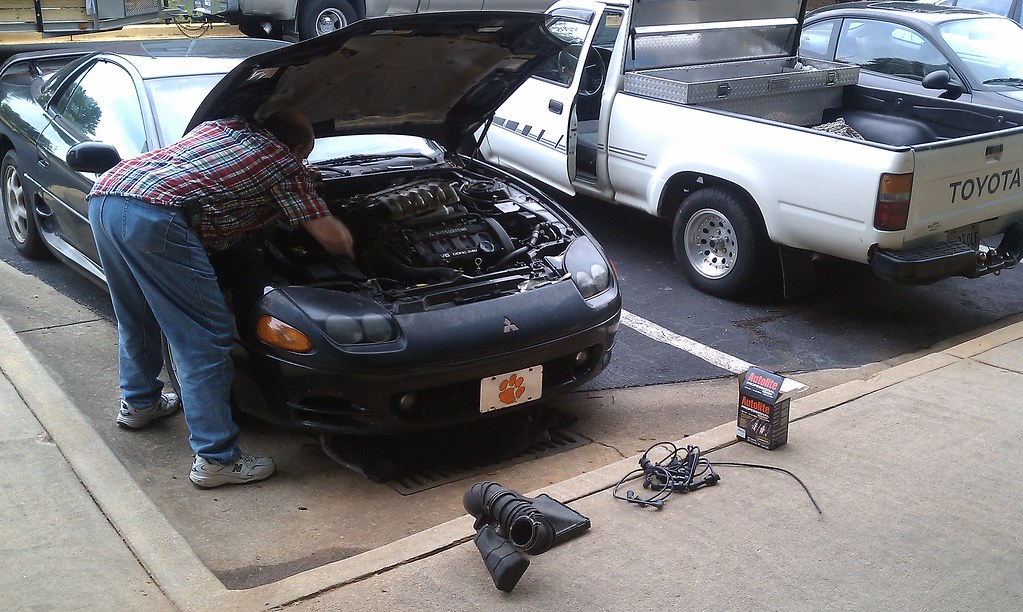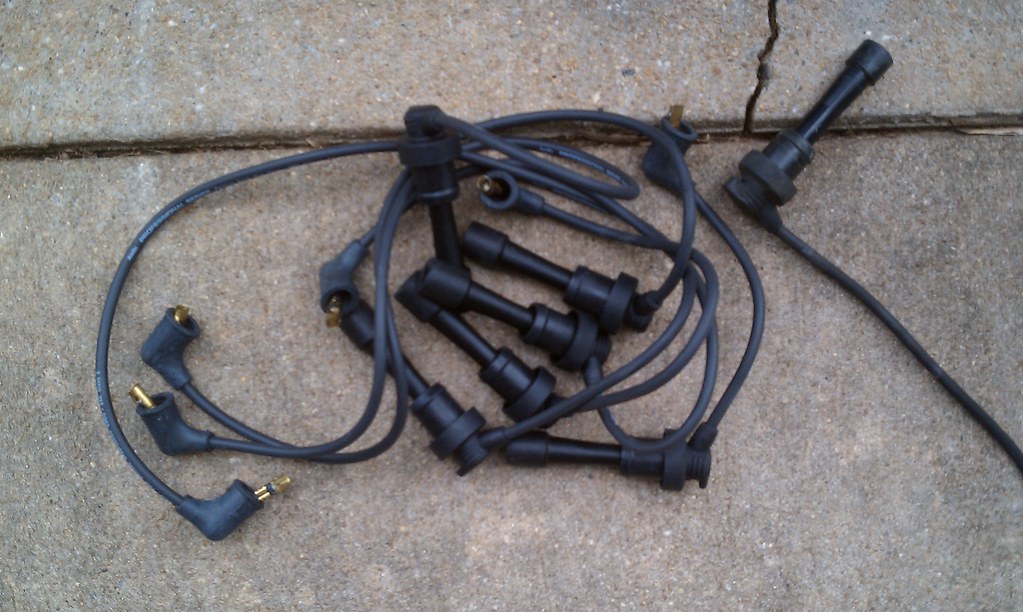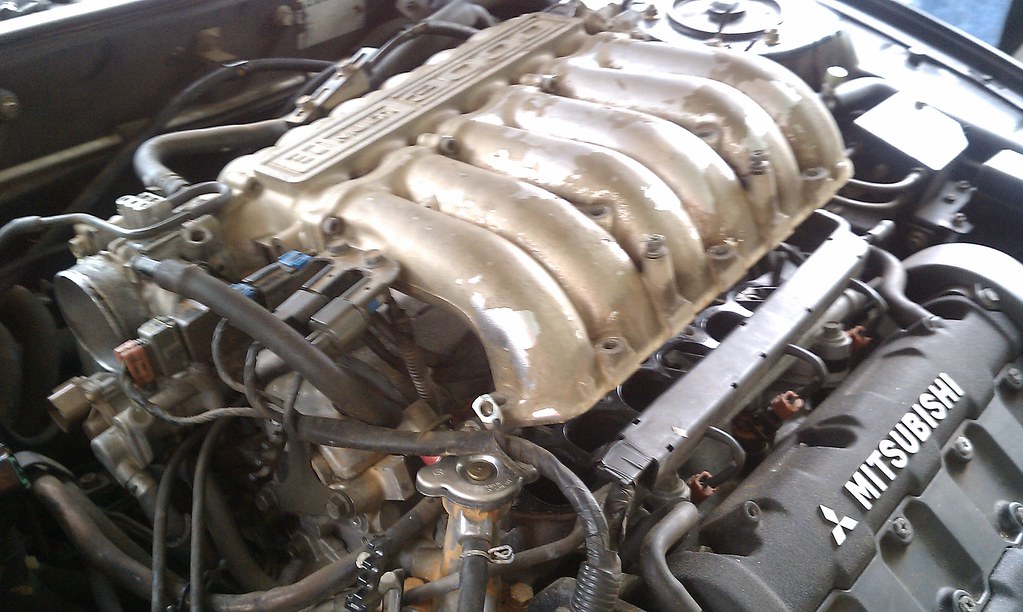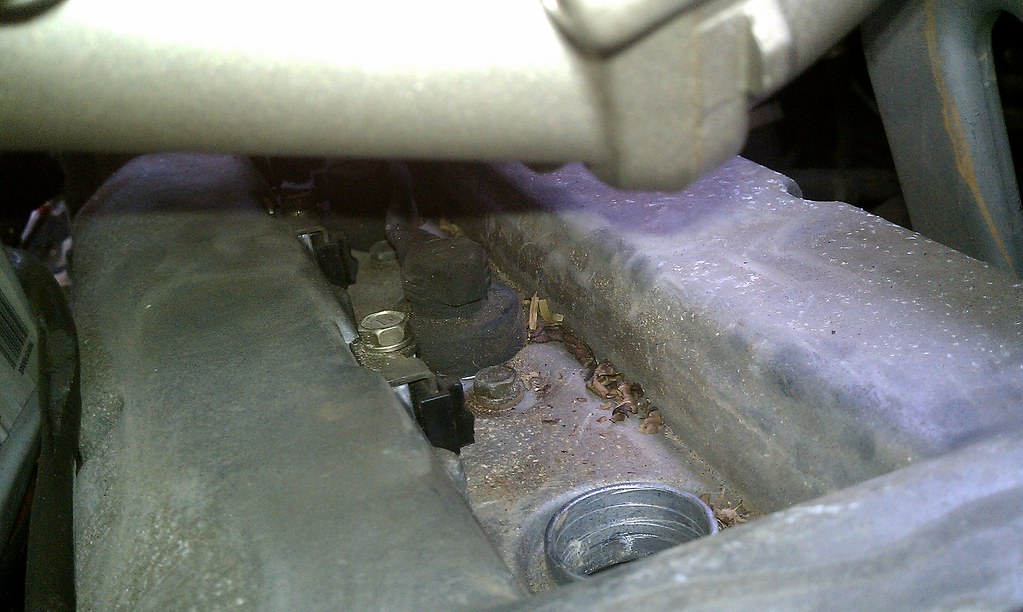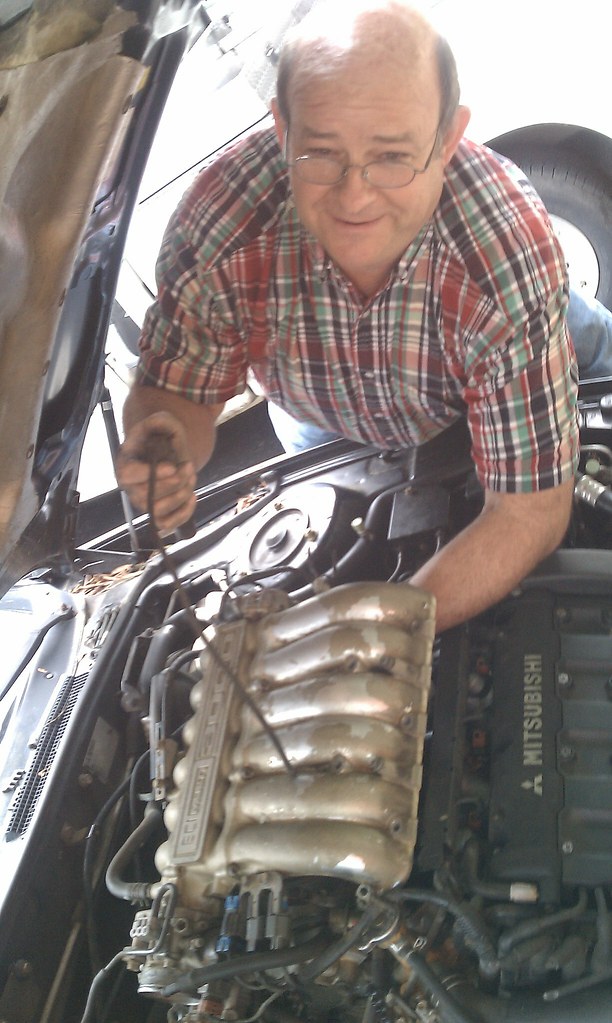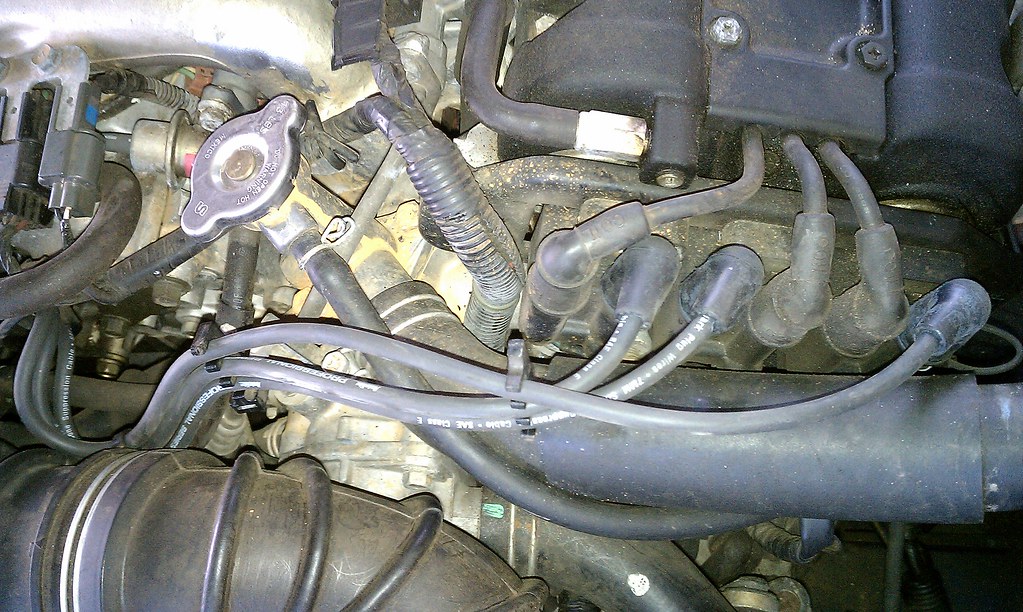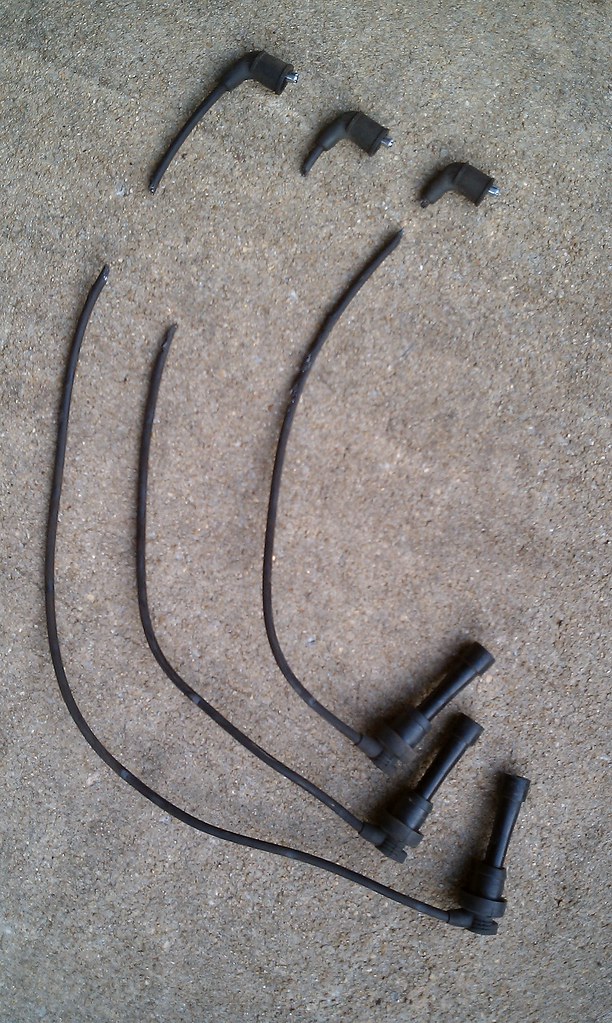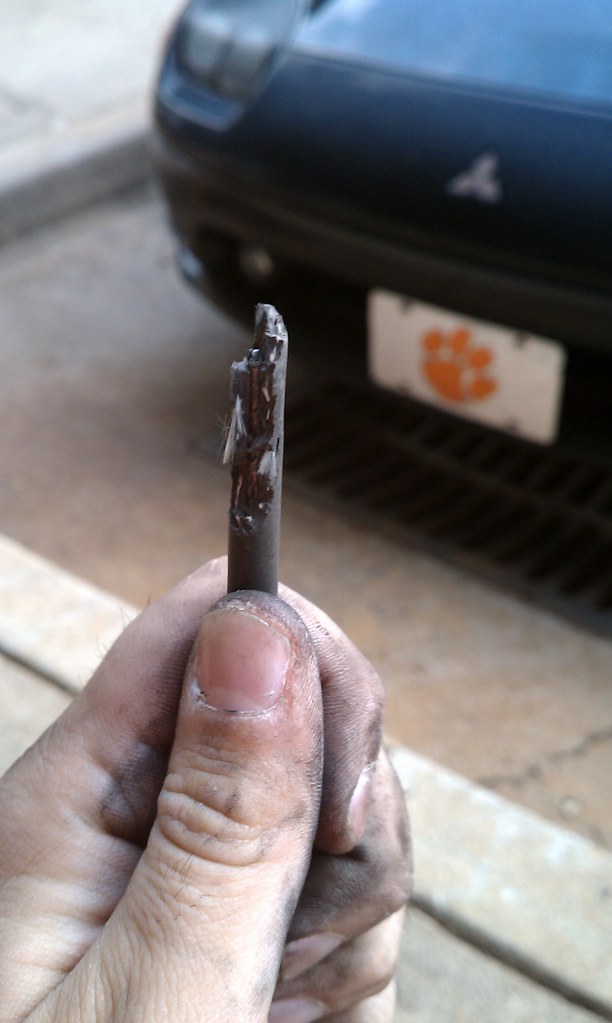This semester, our studio is focused on research. The premise of the research studio is based on a recently abandoned architectural tradition known as "thesis". For the many generations of architects that have gone through "thesis", this word likely brings up memories that they would rather forget. As a longstanding tradition, thesis was a right of passage in which, during your second year of graduate studies, you would spend a semester doing in-depth research on a topic that you select and have approved by a committee of faculty members (your selected panel of thesis advisors). Each student's topic was different, and each committee was different. The second semester would culminate in some sort of design project in which your research had to be applied, your skills as a designer proven, and your ability to think through all of the necessary parts of the building planning process verified. For those of you unfamiliar with architecture school in general, this meant a year's worth of hard work, intensive reading and writing, and more all nighters in an 9 month window than all of undergrad combined (which is a LOT). At the end of the year, before you were allowed to graduate, you had to present your research and project to a large panel of architectural educators, professionals, potential employers, and peers in a "defense". You also were required to produce an illustrated book documenting your process and conclusions, known as a manuscript. Only then were you allowed to graduate and move on with your life (which certainly wasn't guaranteed).
Today, at most architecture schools, the archaic practice of "thesis" has been abandoned.
(Side note: this event sparked an ongoing debate in the professional world between those who survived "thesis" and those who were not required to do so, as to whether or not today's emerging architects are even qualified to suck their own thumbs. I will conveniently avoid this argument by changing the subject..) So, borrowing from the "thesis" tradition, last semester was our "comprehensive" studio project and this semester will culminate in a "research" studio project.
For my research topic, I have chosen: "American Protestant Architecture: A design guide for the new millennium.". During my research, I will be focusing on the importance of design in Protestant Architecture. In this country, Protestant church buildings have largely ignored the importance of Architectural design. In today's society, the motto of "The Church is the people, not the building." has become a rallying cry to justify church gatherings in non-sacred spaces
(such as pre-engineered steel buildings, high school gymnasiums, and living rooms). While I agree fundamentally with this motto, I do not think it is the role of the Church to slink into hiding, blend in with its surroundings by adopting corporate/industrial styles, or desperately cling to traditional, antiquated archetypes. We live in a society on the brink of revolution. Everything, and I do mean everything, about the way we live today has been completely changed from only 5 years ago. In order for today's Church to survive, it must adapt in more ways than one. I am not suggesting a break from Biblical fundamentals, this must never be compromised, but I am suggesting an adaptation of the way that we think about our Architecture. More to follow...
I will be blogging about this topic during the course of the semester, so if you are interested, keep checking back for updates. I will be interviewing the leaders of the major Protestant denominations over the next few weeks and I will post the transcripts of those interviews as they come in. Hopefully, there will be some lively and enlightening dialogue, and I think it will be interesting to see the differences in responses across denominations.
Here is a list of the individuals I have contacted for interview thus far:
Dr. Charles Strickland
(Baptist Minister; Whitefield Baptist Church, Anderson, SC)
Jay Hudson
(President and CEO of the Presbyterian Investment and Loan Program; Louisville, KY)
Rev. Katharine Jefferts Schori
(Presiding Bishop and Primate of the Episcopal Church; NYC)
Bishop Mary Virginia Taylor
(Head of the Southeastern Jurisdiction of the United Methodist Church; Columbia, SC)
Bishop Mark S. Hanson
(Presiding Bishop of the Evangelical Lutheran Church of America; Chicago, IL)
Dr. Johnny Hunt
(President of the Southern Baptist Convention, Minister; First Baptist Church of Woodstock, Atlanta, GA)
Dr. Preston Warren Williams II
(Presiding Bishop of the Seventh Episcopal District of the AME Church; Columbia, SC)

